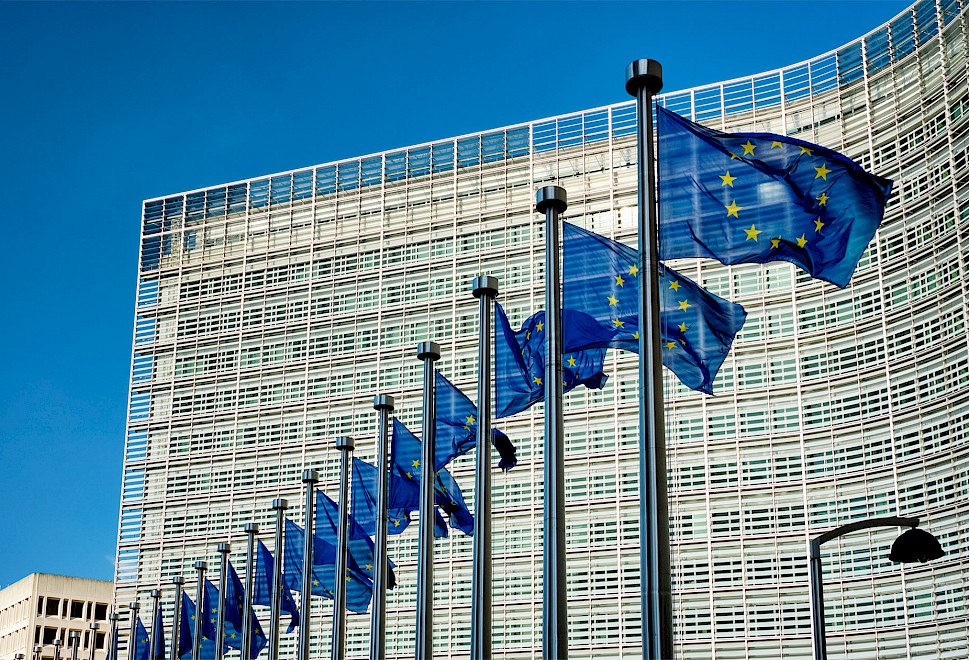
Amsterdam, June 20, 2025 - The European Commission's proposed Savings and Investment Union (SIU) aims to take another step in the integration of European capital markets. This strategy aims to improve the flow of savings into investment, remove barriers to cross-border capital movements and strengthen Europe's competitiveness.
DUFAS has long advocated for stronger and better connected European capital markets. One of DUFAS' main spearheads is increasing investor participation. We therefore call for attention to financial education, improving the investor journey and accessible advisory services, in order to remove barriers for (new) investors. In addition to raising capital, it is also important that these investments are productively deployed through an efficient capital market.
In line with this, the industry association responded to the targeted consultation launched by the European Commission in March. This consultation seeks input from the industry on simplification, harmonization and proportionality of laws and regulations in the areas of simplification, burden reduction, trading, post-trading, asset management, fundsand supervision.
In its response, DUFAS highlights five priorities for a better functioning European capital market:
- Proportional regulation
DUFAS calls for a more balanced regulatory framework. More attention should be paid to proportionality in laws and regulations, with (more) room for a risk-based approach. In this way, laws and regulations can be adequately complied with, taking into account the size, complexity and risk profile of the company. Now asset management is often placed in the same category as banks, while the risk profiles can be very different.
- Harmonization and level playing field
National differences in the implementation and interpretation of European legislation lead to ambiguity, increased regulatory burden and additional costs, especially for parties operating across borders.
To create a level playing field, it is important to avoid goldplating. For example, in the Netherlands, managers providing MiFID services are subject to the IFR/IFD regime, making them subject to a much more complex prudential supervision regime with higher capital requirements than managers in other EU member states offering identical products and services, leading to a competitive disadvantage.
National differences in interpretation and differences in practices of national supervisors are also an obstacle to a well-functioning European capital market. DUFAS advocates more harmonization, for example through more European guidance (from ESMA), instead of interpretations by national supervisors.
- Efficiencies
Much of the current legislation for asset managers results in administrative burdens. While many problems arise in practical implementation (such as the lack of user-friendly IT solutions or transparent processes), there are also often inefficiencies in the legislation itself. For example, in cases there is overlap between different legal frameworks, such as the outsourcing obligations under AIFMD or MiFID II, and the obligations with respect to IT vendors as contained in DORA.
DUFAS proposes to develop a "reporting profile" per asset manager. This allows data to be supplied centrally and used for multiple reporting requirements (arising from different legislative frameworks), leading to administrative burden reduction.
- Standardization of supervisory processes
Standardization creates a uniform process that leads to operational efficiency, especially for financial entities operating across borders. Currently, each national authority uses its own templates and checklists, and processing times differ. DUFAS therefore advocates the use of standardized EU forms and processes. DUFAS also sees a role here for ESMA, which can not only streamline processes, but also act as a data hub, for example.
- Facilitating innovation
DUFAS supports the deployment of innovative technologies such as Distributed Ledger Technology (DLT) under the DLT Pilot Regime. The association advocates for the structural incorporation of DLT into the existing regulatory framework, with proportional admission requirements, clearer transition paths and broader applicability.
With this response, DUFAS aims to contribute to a future-proof, accessible and competitive European capital markets system.


